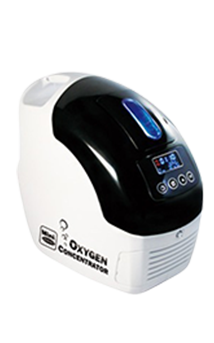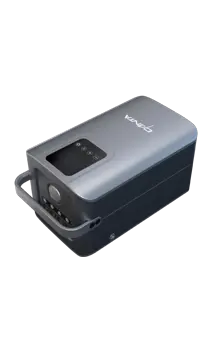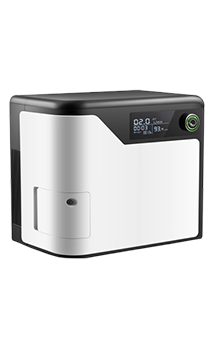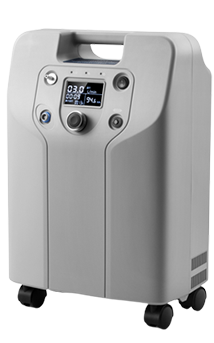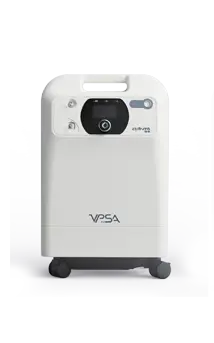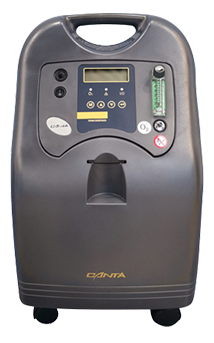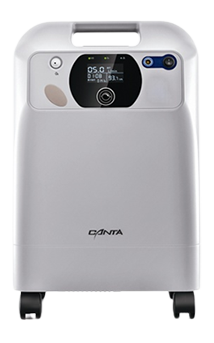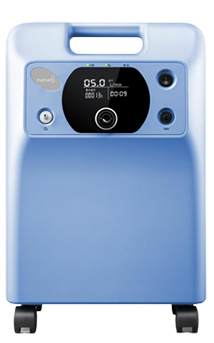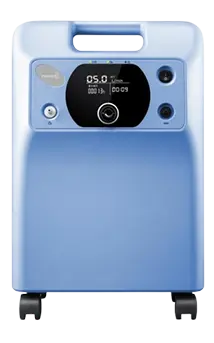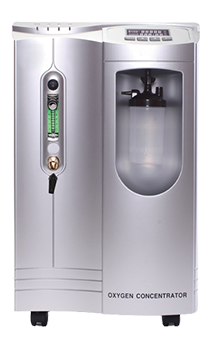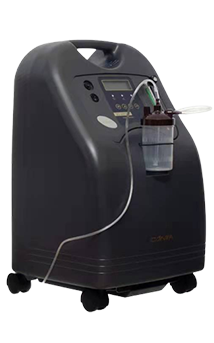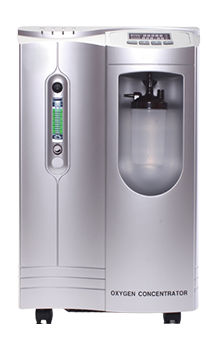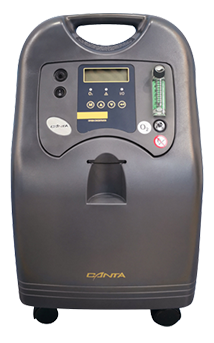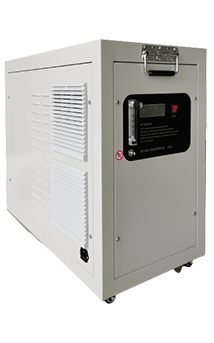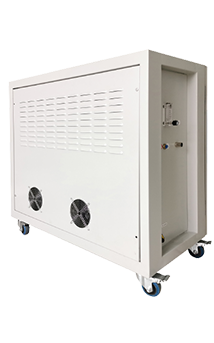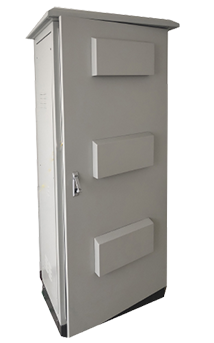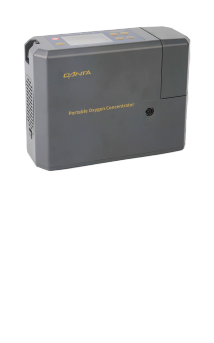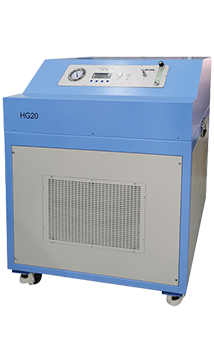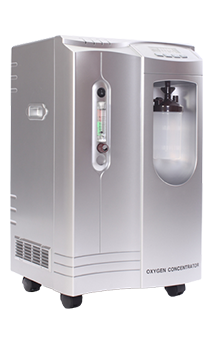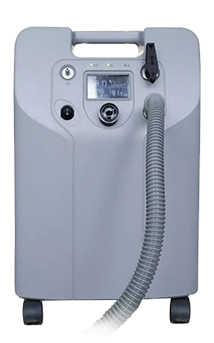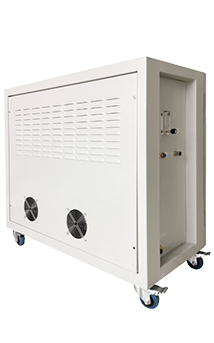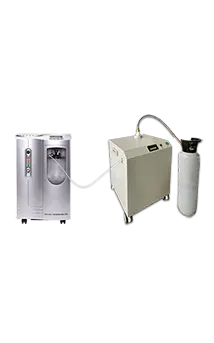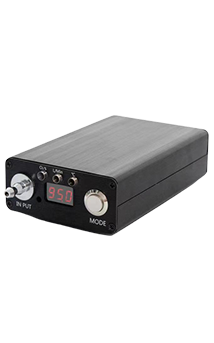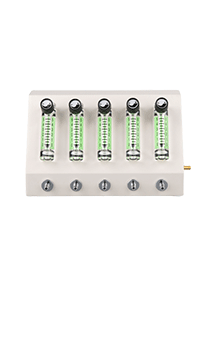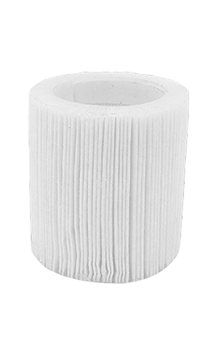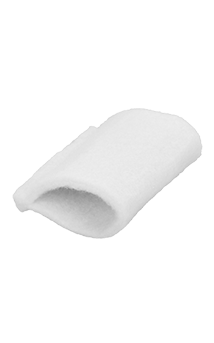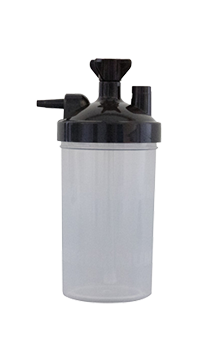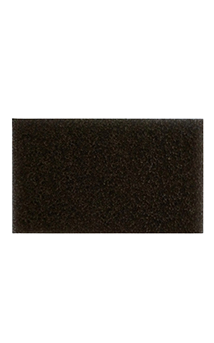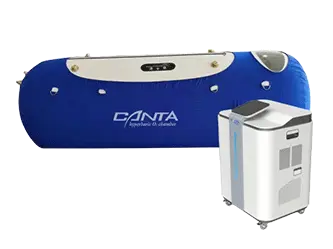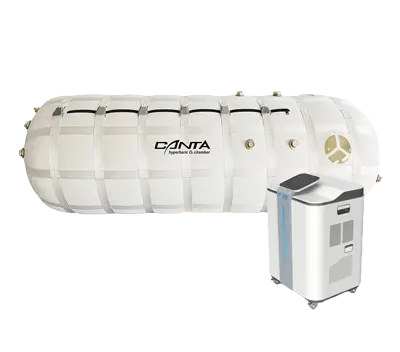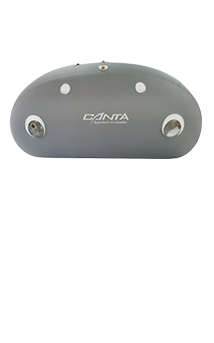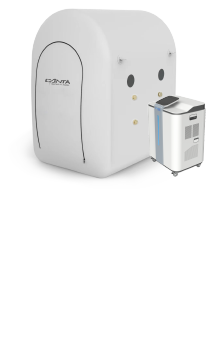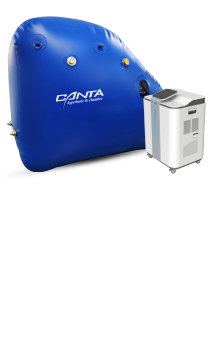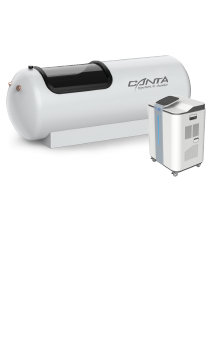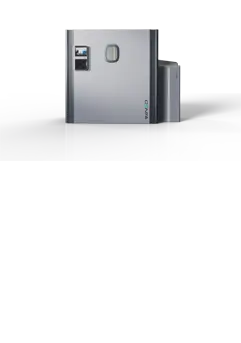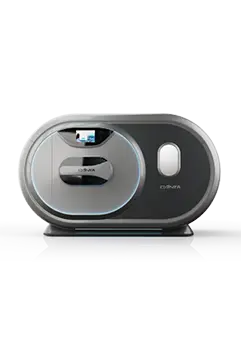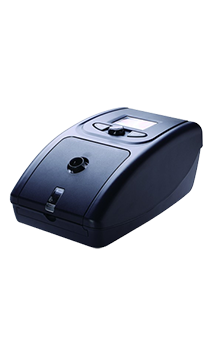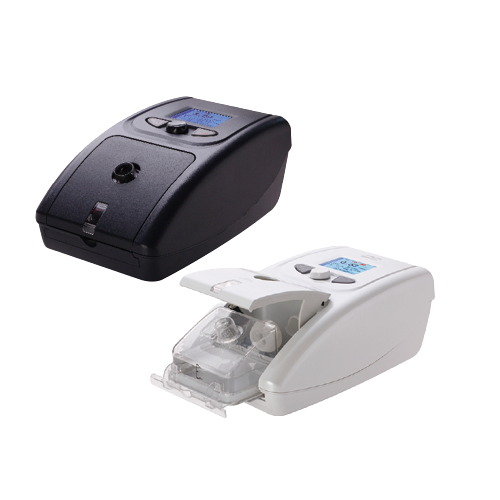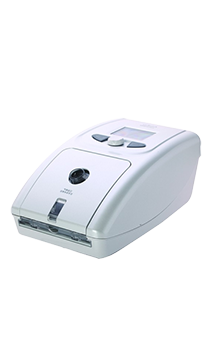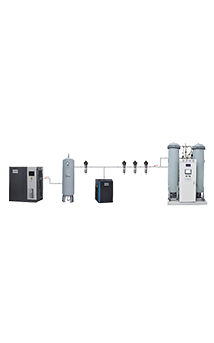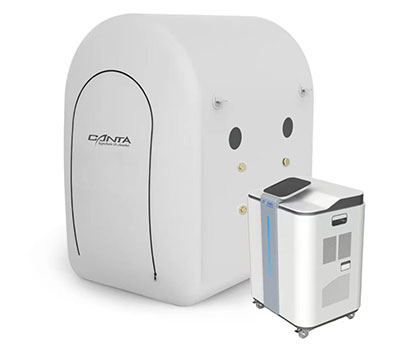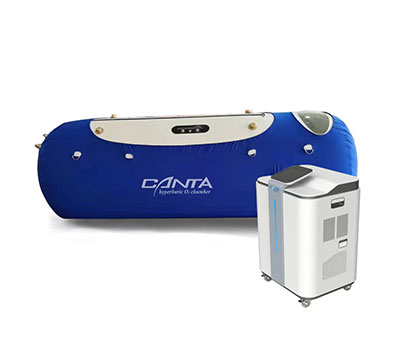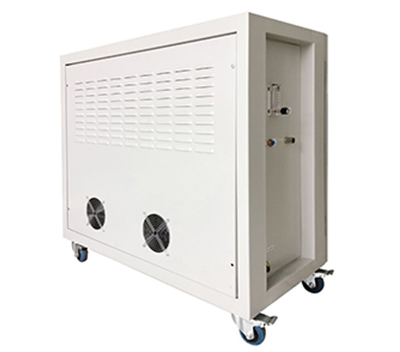Currently, portable hyperbaric chambers are primarily used for high-altitude oxygen supplementation and rehabilitation healthcare. With the advancement of research on hyperbaric oxygen therapy and the continuous improvement of portable hyperbaric chambers, their application prospects in the treatment of various diseases are becoming increasingly extensive.
Portable Hyperbaric Chambers for Emergency Rescue in Special Environments
High-Altitude Sickness
High-altitude sickness is a series of pathophysiological changes caused by hypobaric hypoxia in high-altitude environments. Portable hyperbaric chambers, designed for emergency use, are convenient and easy to operate. By increasing the body's blood oxygen content and improving ventilation function, these chambers provide timely correction of hypoxia.
Gas Poisoning
With the development of industries, the incidence of toxic gas poisoning has increased. The most significant symptom of gas poisoning is cerebral hypoxia, especially with exposure to high concentrations of toxic gases, which may rapidly lead to respiratory and cardiac arrest. Early removal from the exposure site and sufficient oxygen replacement are crucial for saving lives. Portable hyperbaric chambers enable on-site emergency treatment, improving patient survival rates and reducing the risk of disability through early hyperbaric oxygen therapy.
Traumatic Injuries
Traumatic injuries, including traumatic brain injury, spinal cord injury, hemorrhagic shock, and thoracoabdominal trauma, are caused by various violent forces. Portable hyperbaric chambers are widely used in the adjunctive treatment of traumatic brain injuries. Hyperbaric oxygen therapy can constrict cerebral blood vessels, reduce brain edema, and increase oxygen supply to the injured and surrounding brain tissue. Additionally, portable hyperbaric chambers facilitate arousal, improve cognitive function, and support motor rehabilitation.
Home Applications of Portable Hyperbaric Chambers
Neurological Function Rehabilitation
With the accelerated aging of the population, neurological function loss caused by conditions such as stroke and traumatic brain injury is becoming increasingly common. Symptoms include hemiplegia, paraplegia, cognitive impairment, and even chronic vegetative states. These patients often face lifelong rehabilitation with significant medical costs. Many choose to undergo simple rehabilitation training at home.
Portable hyperbaric chambers are a primary method of neurological rehabilitation, demonstrating significant effects on the neurological function restoration of ischemic stroke patients and promoting functional recovery and improved quality of life. Many patients require repeated hospital admissions for hyperbaric oxygen therapy. However, if portable hyperbaric chambers are available for home or community use, it would greatly enhance patient convenience, improve self-care abilities, and optimize healthcare resource utilization.
Chronic Non-Healing Wounds
Chronic non-healing wounds refer to wounds that fail to heal after standard medical treatment for more than 30 days. Examples include gangrene, pressure ulcers, venous and arterial ulcers, and diabetic ulcers. The effectiveness of hyperbaric oxygen therapy in treating non-healing wounds is well-established. The primary mechanism is the improvement of blood flow and tissue oxygen partial pressure, extending the oxygen diffusion distance, and enhancing capillary permeability.
Since many patients with chronic wounds have limited mobility, offering accessible, regular, and long-term portable hyperbaric oxygen therapy can promote wound healing and reduce patient burdens.
Autism in Children
Autism spectrum disorder (ASD) is a neurodevelopmental disorder characterized by severe social withdrawal, lack of emotional responses, language development impairment, stereotyped repetitive behaviors, and abnormal reactions to environmental stimuli. Hyperbaric oxygen therapy can significantly increase cerebral perfusion, reduce inflammation, upregulate antioxidant enzyme activity, and enhance the body's antioxidant capacity.
Portable hyperbaric chambers, with moderate pressure, aesthetically pleasing designs, and good safety features, alleviate children's fear of oxygen chambers, making them especially suitable for autism treatment.
Alzheimer's Disease
Alzheimer's disease, vascular dementia, and mixed dementia are the three main types of dementia in the elderly. They are primarily caused by cerebrovascular diseases and cortical degeneration of unknown causes, resulting in the progressive decline of brain function. Compared to the general population, elderly individuals often have lower blood oxygen partial pressure, leading to increased blood viscosity and reduced cerebral blood flow due to arteriosclerosis. This exacerbates cognitive decline.
Hyperbaric oxygen therapy can correct hypoxia associated with aging, enhance antioxidant capacity, reduce free radical damage, and slow brain function deterioration. Alzheimer's disease significantly impacts the quality of life of the elderly, family caregivers, and society. Promoting the use of portable hyperbaric chambers at home and in community settings can improve treatment outcomes, delay disease progression, and reduce the financial and emotional burden on families and society.
 EN
EN  ja
ja  ko
ko  fr
fr  de
de  es
es  it
it  ru
ru  pt
pt  ar
ar  tr
tr  th
th  da
da  fa
fa  pl
pl  ro
ro  hu
hu  el
el  af
af 
